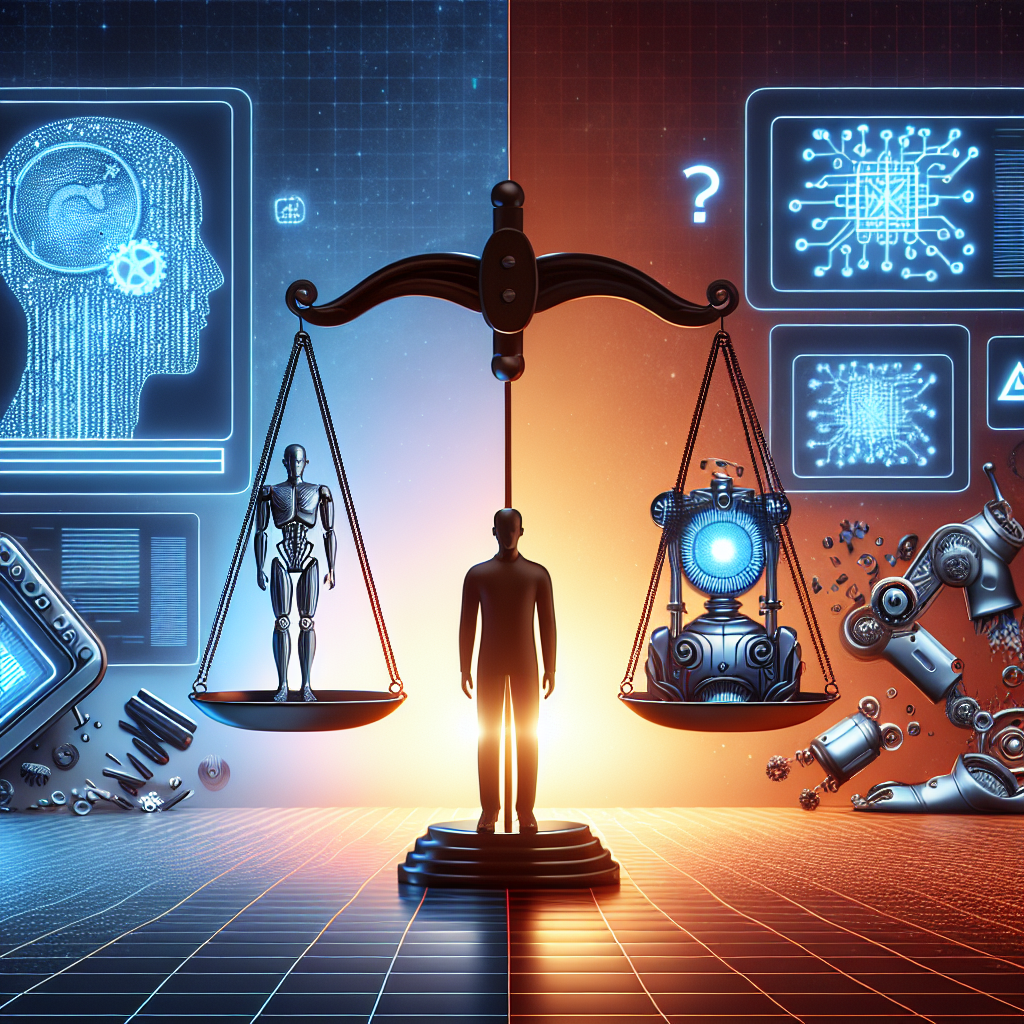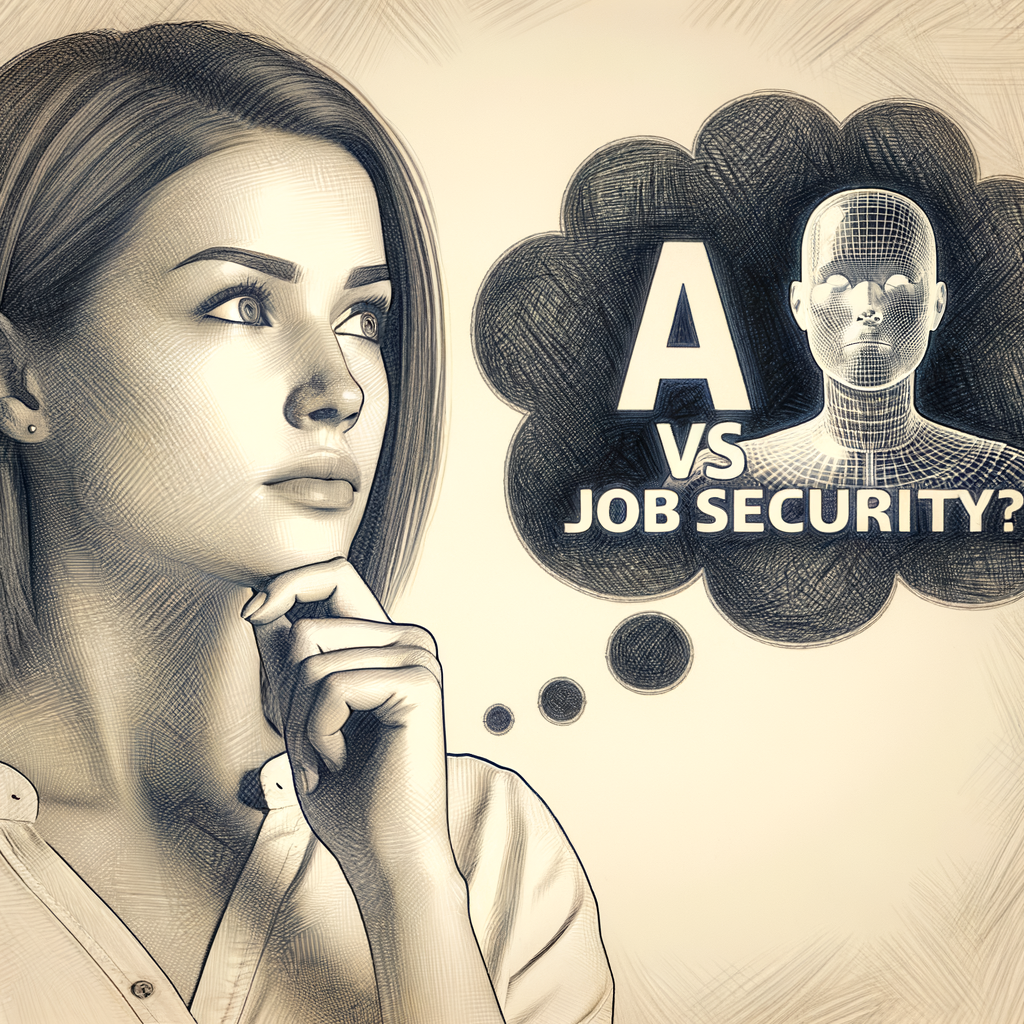
Artificial Intelligence (AI) has rapidly evolved over the past few years, bringing both excitement and apprehension. Among the most talked-about advancements in this field is generative AI—technology capable of creating text, images, music, and even entire virtual environments from scratch. This groundbreaking innovation has led to significant breakthroughs in various industries, including generative AI companies, but it also raises important questions. Is generative AI a threat? Does it pose risks to jobs, creativity, ethics, or even society as a whole? This article delves deep into the potential dangers and benefits of generative AI, offering a balanced perspective on its impact.
Index
- Introduction
- Understanding Generative AI
- How Does Generative AI Work?
- The Potential Threats of Generative AI
- Job Displacement
- Misinformation and Deepfakes
- Loss of Creativity
- Ethical and Social Implications
- The Benefits of Generative AI
- Enhancing Productivity
- Advancing Creativity
- Solving Complex Problems
- Personalization and Customization
- Balancing the Risks and Rewards of Generative AI
- Regulation and Governance
- Ethical Guidelines
- Education and Public Awareness
- Collaboration and Innovation
2. Understanding Generative AI
Generative AI refers to algorithms that can generate new content, such as text, images, music, or video, based on the data they have been trained on. These models, such as OpenAI's GPT (Generative Pre-trained Transformer) and DALL-E, have gained significant attention for their ability to produce human-like content. For example, GPT-4 can write essays, answer questions, and even engage in conversation, while DALL-E 2.0 AI can create realistic images from textual descriptions.
2.1 How Does Generative AI Work?
Generative AI models are typically built on neural networks, particularly deep learning architectures. These models are trained on vast datasets, allowing them to learn patterns and structures within the data. Once trained, they can generate new content by predicting the next element in a sequence (such as the next word in a sentence or the next pixel in an image) based on the context provided. This ability to generate coherent and contextually relevant content is what makes generative AI so powerful—and potentially dangerous.
3. The Potential Threats of Generative AI
While the capabilities of generative AI are impressive, they also come with significant risks. These threats span various domains, including job displacement, misinformation, loss of creativity, and ethical concerns.

3.1 Job Displacement
One of the most immediate concerns regarding generative AI is its potential to displace jobs. As AI-generative models become more capable of creating content, there is a growing fear that it could replace human workers in fields such as writing, graphic design, journalism, and even programming. For example, generative AI companies might use AI-generated news articles to reduce the need for human journalists, while AI-driven design tools could threaten the jobs of graphic designers.
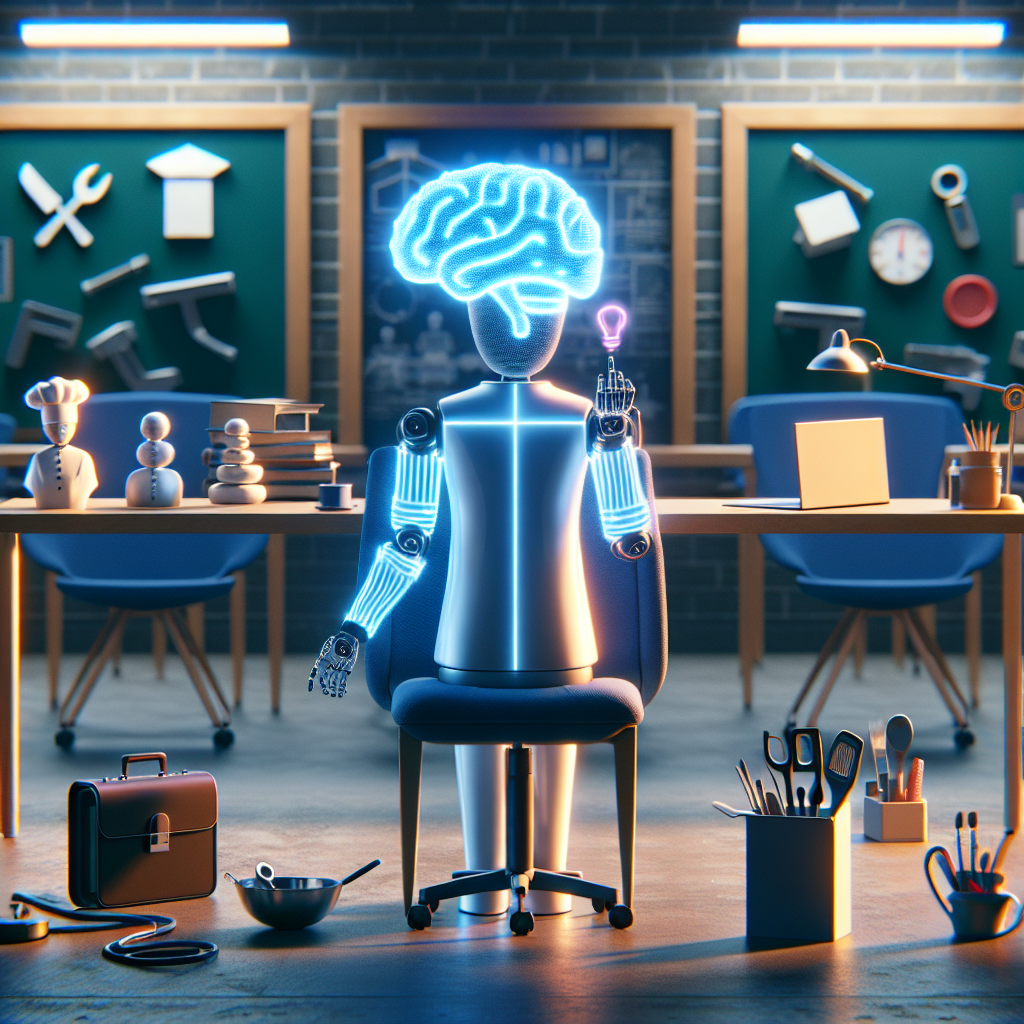
The impact of job displacement is not limited to creative industries. In the future, generative AI could automate complex tasks in fields such as law, medicine, and finance, potentially reducing the demand for professionals in these areas. While AI can undoubtedly enhance productivity, the resulting job losses could have profound social and economic consequences.
3.2 Misinformation and Deepfakes
Generative AI's ability to create highly realistic content also poses a significant threat in the form of misinformation and deepfakes. AI-generative tools like DALL-E 2 artificial intelligence can be used for malicious purposes, such as spreading false information, manipulating public opinion, or damaging reputations.
The spread of misinformation has already become a major challenge in the digital age, and generative AI could exacerbate this problem. AI-generated content can be used to create fake news articles, misleading social media posts, or even fabricated evidence in legal cases. The ease with which this content can be produced and disseminated raises serious concerns about its impact on trust and truth in society.

3.3 Loss of Creativity
Another potential threat of generative AI is its impact on human creativity. While AI-generative models can generate impressive works of art, music, and literature, there is a fear that reliance on AI-generated content could stifle human creativity. If artists, writers, and musicians begin to rely on gen AI to produce their work, the unique aspects of human expression may be lost.
Moreover, the widespread use of generative AI could lead to a homogenization of creative content. Since AI models are trained on existing data, they are more likely to produce content that aligns with existing trends and patterns. This could result in a lack of diversity and originality in creative fields as AI-generated content becomes increasingly similar.
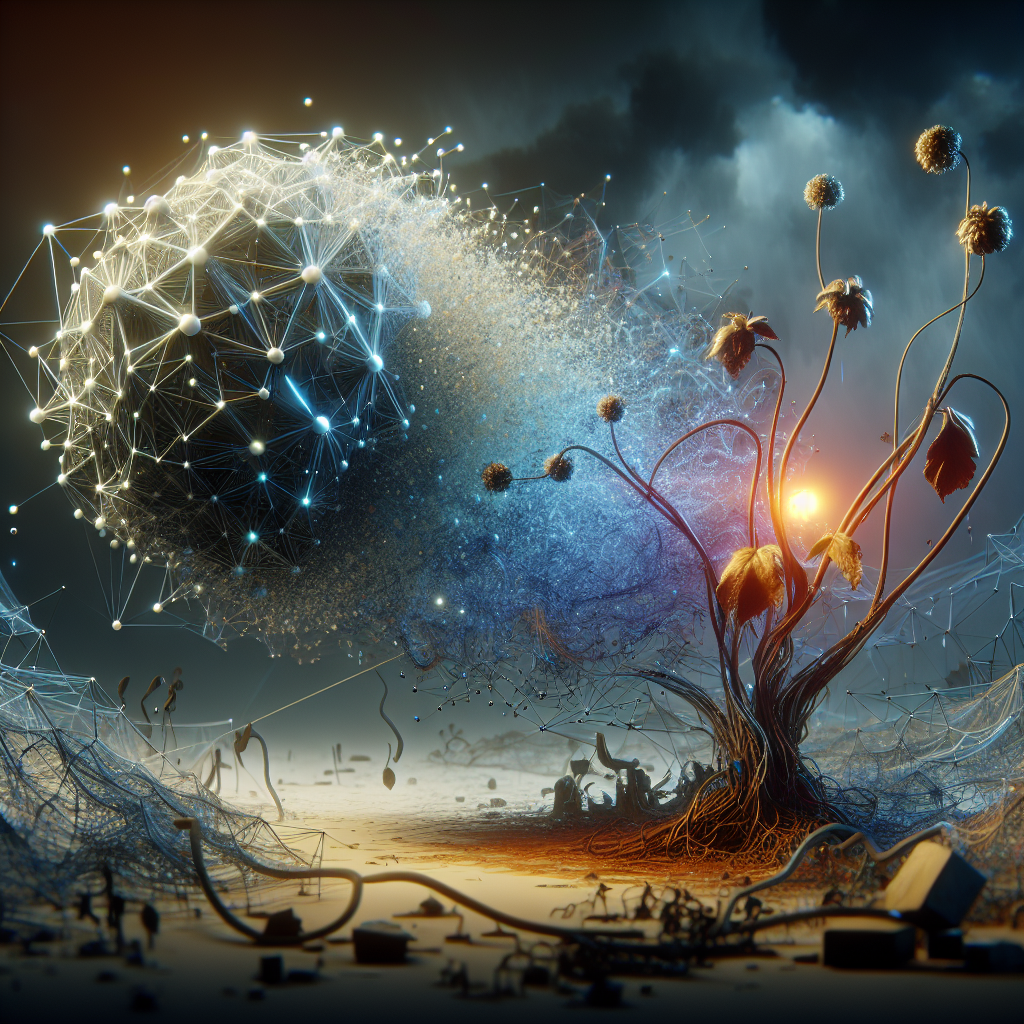
3.4 Ethical and Social Implications
The ethical and social implications of generative AI are vast and complex. One of the key ethical concerns is the potential for AI to be used in harmful or malicious ways. For example, AI-generated deepfakes could be used for blackmail, harassment, or political manipulation. Additionally, there are concerns about bias in AI-generated content. Since AI models are trained on historical data, they may inadvertently perpetuate existing biases and stereotypes.
There are also questions about accountability. If an AI generates harmful or offensive content, who is responsible? The creators of the AI, the users, or the AI itself? As generative AI becomes more integrated into society, addressing these ethical challenges will be crucial.
4. The Benefits of Generative AI
While the threats of generative AI are significant, it is important to recognize its potential benefits as well. Generative AI has the power to revolutionize industries, enhance creativity, and solve complex problems.
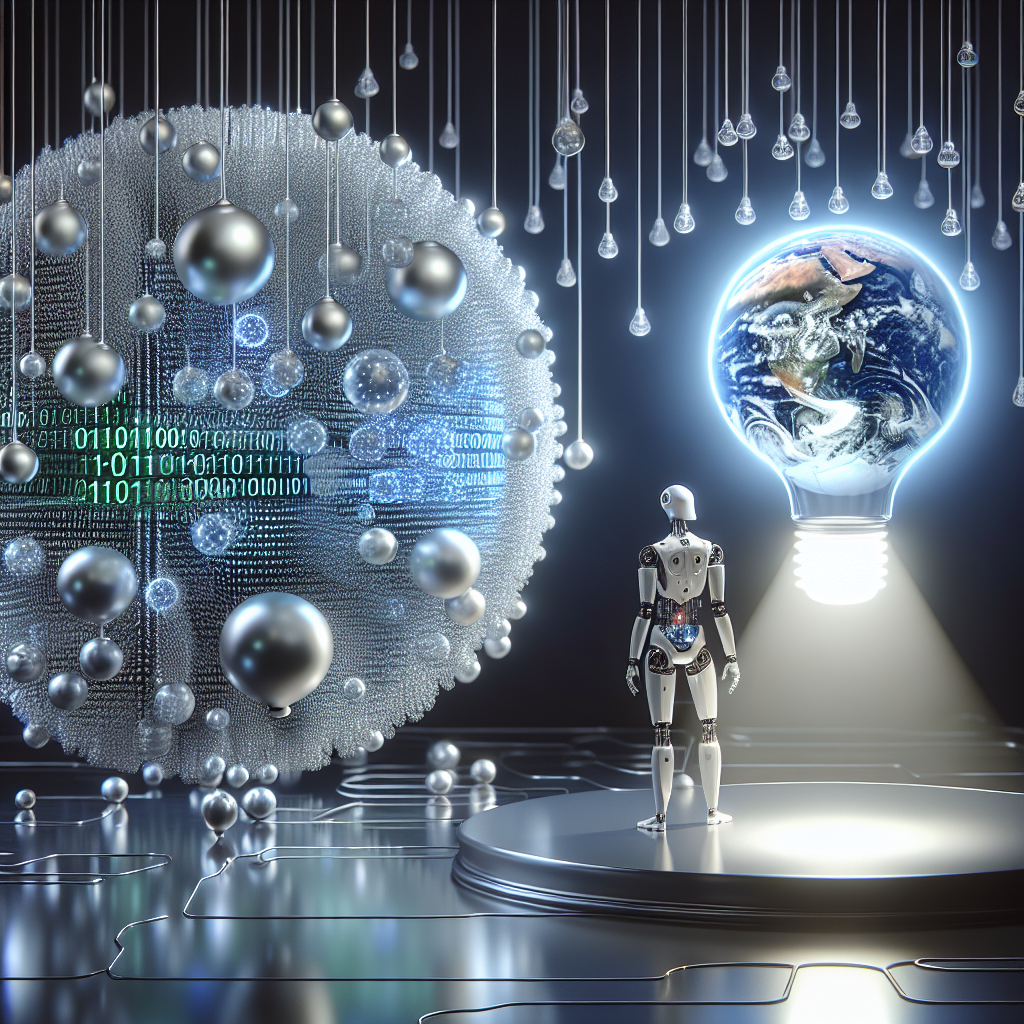
4.1 Enhancing Productivity
Generative AI can significantly enhance productivity by automating repetitive and time-consuming tasks. For example, generative AI companies use AI to generate content for websites, create marketing materials, or draft legal documents, freeing up human workers to focus on more strategic and creative tasks. In industries such as healthcare, AI can assist in diagnosing diseases or developing treatment plans, improving patient outcomes.
4.2 Advancing Creativity
Contrary to the fear that generative AI will stifle creativity, it can also serve as a powerful tool for enhancing it. AI-generative models can act as collaborators, providing new ideas, generating inspiration, and pushing the boundaries of what is possible. For instance, AI-generated music can inspire human musicians to experiment with new sounds and styles, while AI-generated art can introduce novel forms and techniques.
4.3 Solving Complex Problems
Generative AI has the potential to solve complex problems that are beyond the capabilities of humans alone. In scientific research, generative AI examples include generating hypotheses, modeling complex systems, and analyzing vast datasets, accelerating discoveries in fields such as medicine, climate science, and materials engineering. In engineering, AI can design innovative products and optimize manufacturing processes, leading to more efficient and sustainable solutions.
4.4 Personalization and Customization
Generative AI can also be used to create highly personalized and customized experiences. In marketing, AI can generate personalized advertisements, product recommendations, and content that resonates with individual consumers. In education, AI-generative models can create tailored learning materials that adapt to the needs and preferences of each student, improving learning outcomes.
5. Balancing the Risks and Rewards of Generative AI
The key to harnessing the power of generative AI lies in balancing its risks and rewards. To do so, it is essential to address the potential threats while maximizing the benefits. This requires a multifaceted approach involving regulation, ethical guidelines, education, and collaboration.
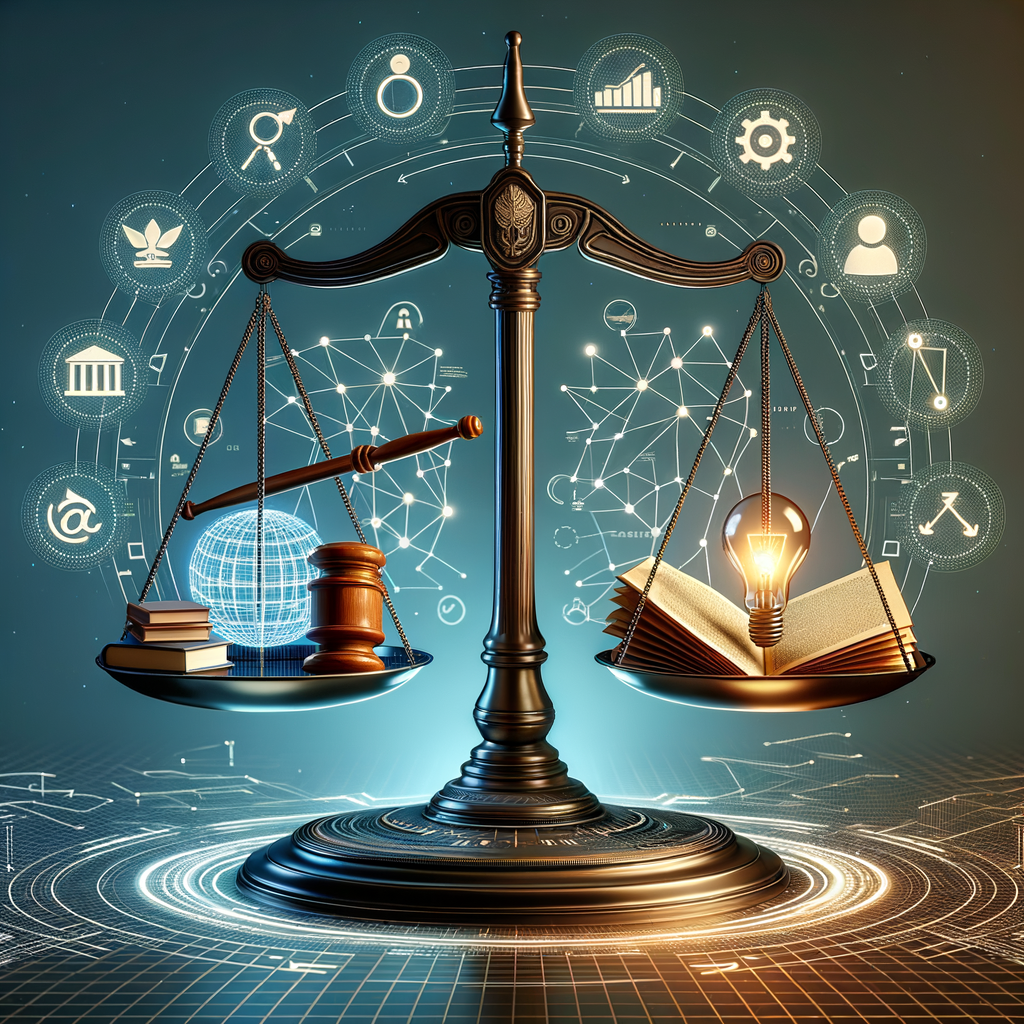
5.1 Regulation and Governance
Effective regulation is crucial to mitigating the risks of generative AI. Governments and international organizations must work together to develop frameworks that ensure AI is used responsibly and ethically. This includes setting standards for transparency, accountability, and data privacy, as well as establishing mechanisms to prevent the misuse of AI for malicious purposes.
5. 2 Ethical Guidelines
In addition to regulation, ethical guidelines are needed to guide the development and use of generative AI. These guidelines should address issues such as bias, fairness, and the social impact of AI-generated content. Companies and developers should prioritize ethical considerations in their AI projects, ensuring that their products align with societal values and contribute to the common good.
5.3 Education and Public Awareness
Educating the public about generative AI is essential to fostering informed discussions about its risks and benefits. This includes raising awareness about the potential dangers of AI, such as deepfakes and misinformation, as well as highlighting the positive applications of AI. By increasing public understanding of AI, society can make more informed decisions about its use and regulation.
5.4 Collaboration and Innovation
Collaboration between industry, academia, and government is key to maximizing the benefits of generative AI while minimizing its risks. By working together, stakeholders can develop innovative solutions to the challenges posed by AI and ensure that its benefits are shared widely across society. This includes investing in research and development, supporting responsible AI innovation, and promoting cross-sector partnerships.
Conclusion
Generative AI is both a remarkable tool and a formidable challenge. While it holds the promise of transforming industries and advancing human creativity, it also presents risks that must be carefully managed. The future of generative AI depends on our ability to balance innovation with responsibility, ensuring that this powerful technology is used to benefit society as a whole.
